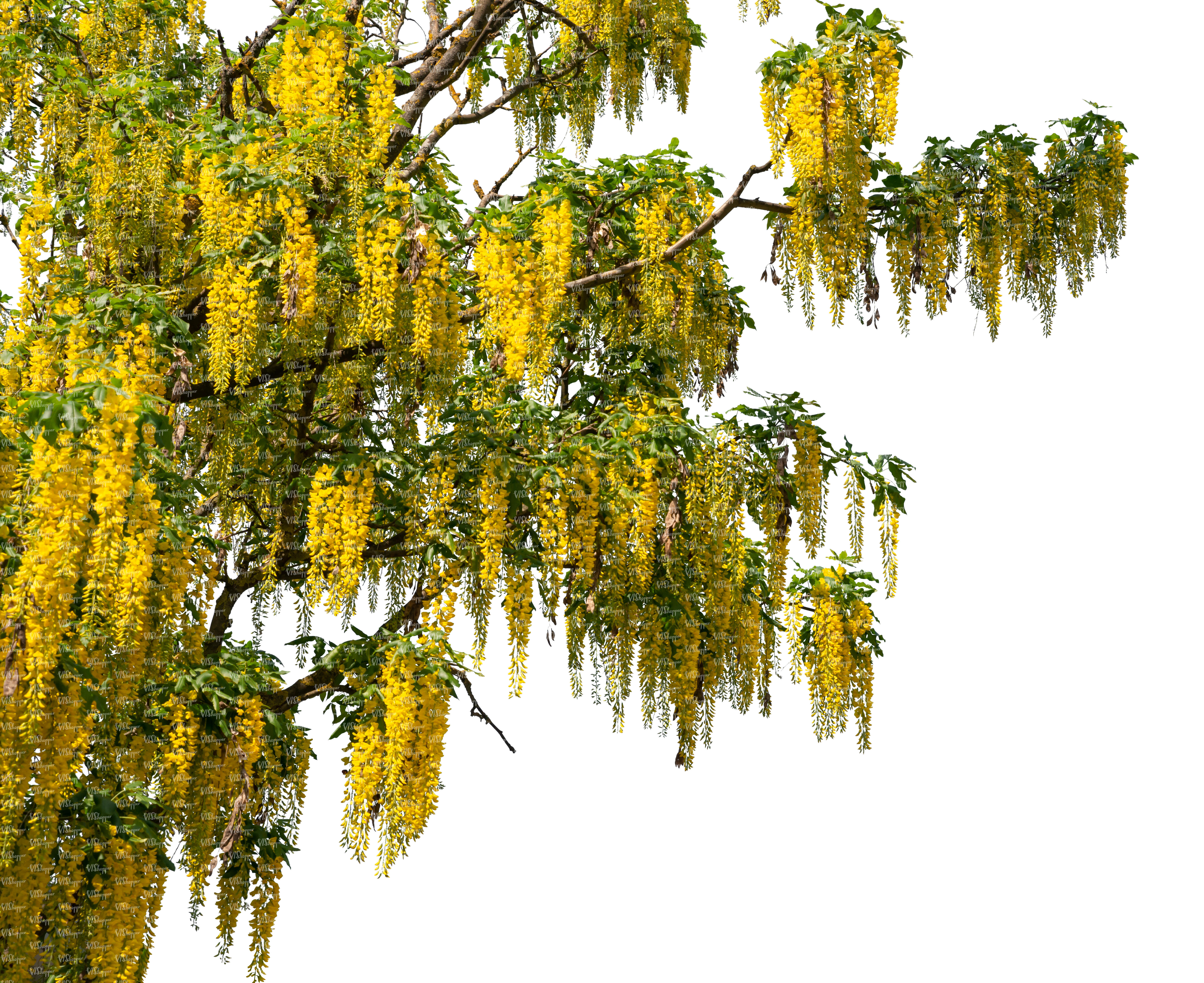
It is popularly grown as an ornamental tree in temperate regions all across the world because of the aesthetic appeal of its flowers, leaves and seed pods. Small growing columnar form originated in 1888. Leaves with larger leaflets commonly bipinnate.

Western China ( Sichuan), intergrading with var. apiculata (Rehder & E.H.Wilson) Rehder (syn. It contains several dark brown to black seeds 5–8 mm diameter. The fruit is a three-part inflated bladderlike pod, 3–6 cm long and 2–4 cm broad, that is green, then ripening from orange to pink in autumn. The flowers are yellow, with four petals, growing in large terminal panicles 20–40 cm (8–16 in) long. The leaves are pinnate, 15–40 cm (6–16 in) long, rarely to 50 cm (20 in), with 7-15 leaflets 3–8 cm long, with a deeply serrated margin the larger leaflets at the midpoint of the leaf are sometimes themselves pinnate but the leaves are not consistently fully bipinnate as in the related Koelreuteria bipinnata. It is a small to medium-sized deciduous tree growing to 7 m (23 ft) tall, with a broad, dome-shaped crown. Common names include goldenrain tree, pride of India, China tree, and the varnish tree. It was introduced in Europe in 1747, and to America in 1763, and has become a popular landscape tree worldwide.

If you do use a tree staking kit, protect the trunk from the wires with a piece of cut garden hose or other barrier so the wire doesn't cut the soft wood.Koelreuteria paniculata is a species of flowering plant in the family Sapindaceae, native to eastern Asia (China and Korea). Water very thoroughly - a deep watering is best when first planting a new Golden Rain Tree. Pat gently and firmly, and cover the area with 2 to 3 inches of organic mulch, leaving a 1 to 2 inch space around the trunk of the tree. Then, position your tree's root ball and backfill the hole with the 50/50 mix of local soil with organic matter and compost. Top soil or compost is also a good idea to add at this point, but it should be mixed with the native soil. Amend the soil at the bottom of the hole with a high quality starter fertilizer and some organic matter to help create drainage, such as peat moss. When the tree is properly positioned you should still be able to see the soil it came in to ensure you have not planted it too deeply. This is a beautiful summer-blooming tree, sure to bring an air of elegance wherever it grows.ĭig a hole 2 to 3 times as wide as the container your tree arrives in, but no deeper. The lovely small yellow flowers are a favorite of bees as well.Īnother name earned by the Golden Rain Tree is the Chinese Lantern Tree, for its adorable paper lantern-shaped seed pods. The trees are considered urban-friendly, tolerating a variety of conditions.

You can plant them in zone 5 but we recommend protecting them from windy areas or extreme temperatures if possible, and they may not grow as tall that far north.
#GOLDEN RAIN TREE FULL#
They prefer full sun and thrive in zones 6 through 9. They grow quite large at maturity, reaching over 30 feet in height and width, but can live in containers as well. The Golden Rain Tree features a neat, rounded habit and well-behaved roots (meaning it won't try and break your water pipes). This tree brings with it a sense of beauty and grace, earning its name from the yellow flowers that fall from the tall boughs in late summer after their bloom cycle. The Golden Rain Tree ( Koelreuteria paniculata) is native to Asia and is historically planted near temples and places of remembrance.


 0 kommentar(er)
0 kommentar(er)
